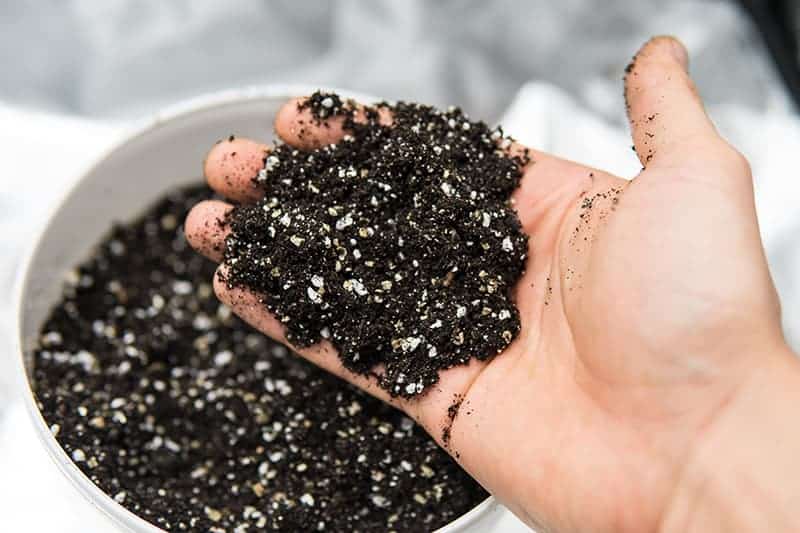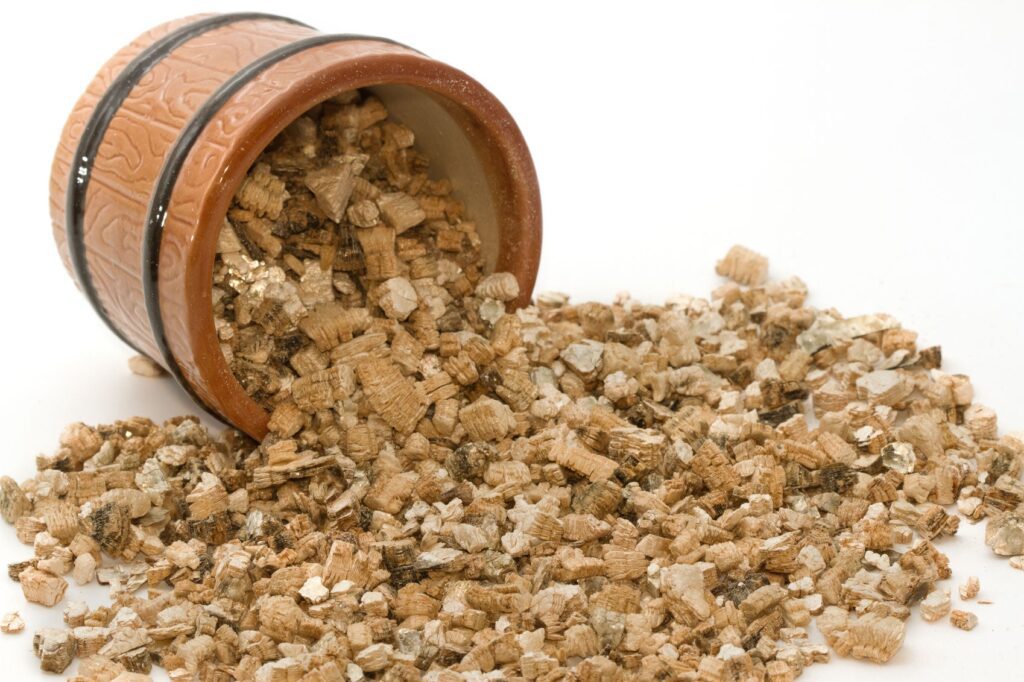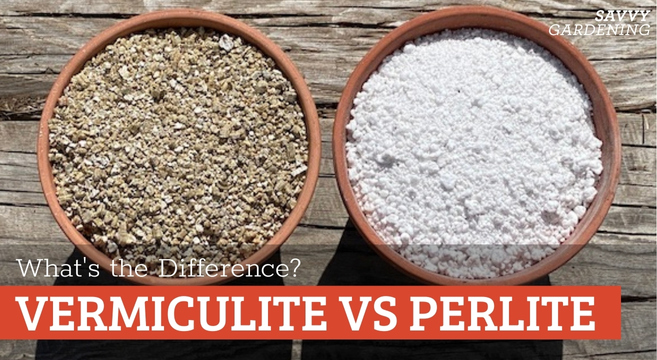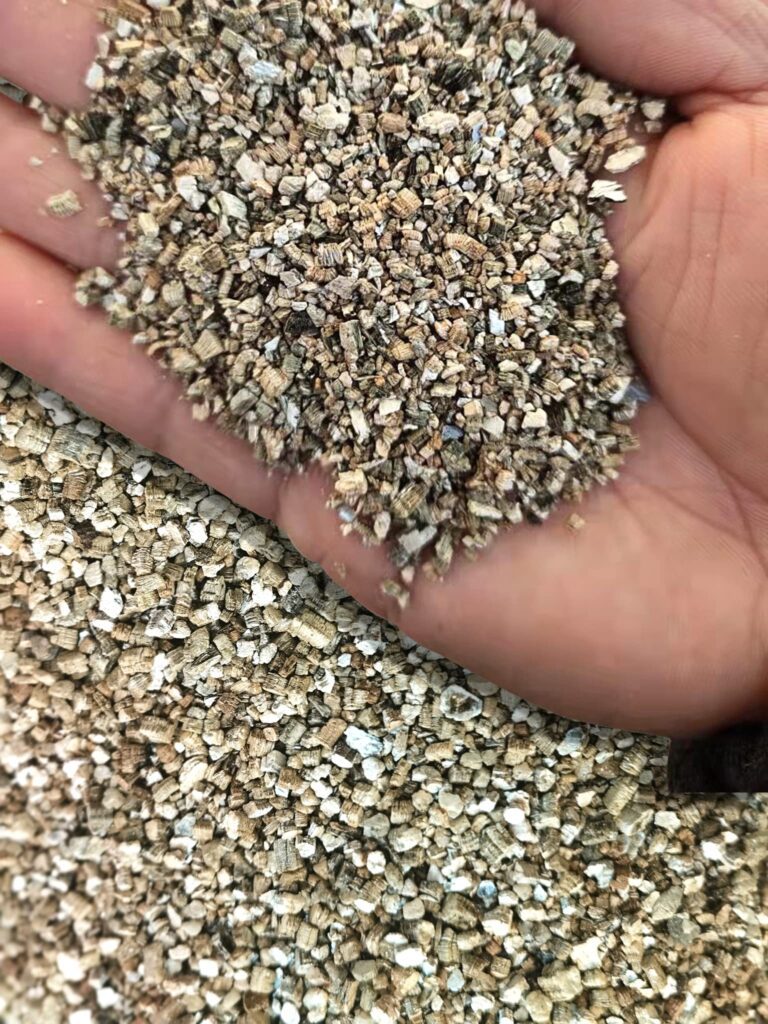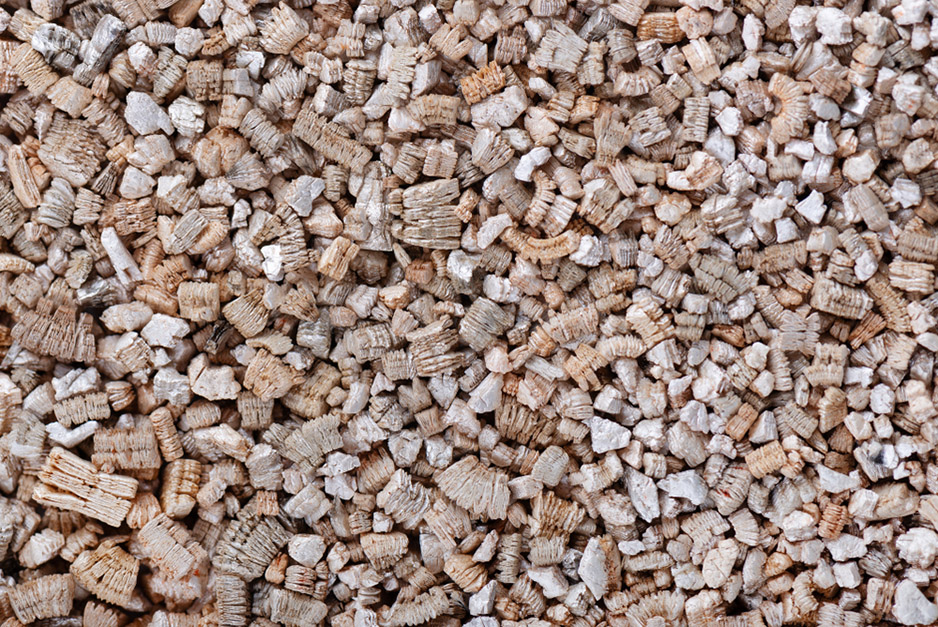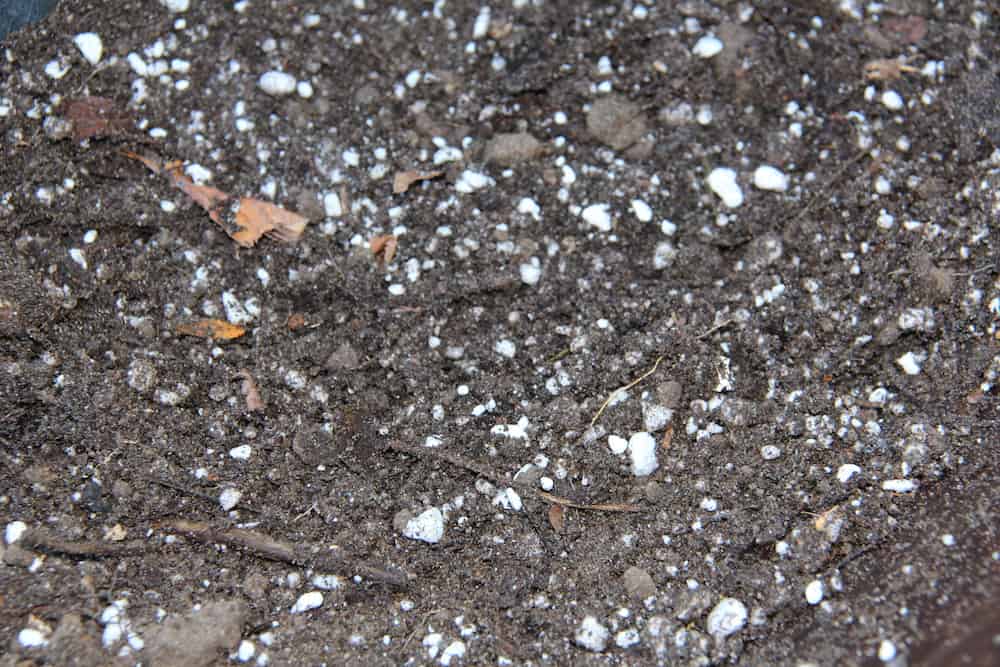Imagine if there was a gardening tool that could enhance the growth of your plants while also improving the overall soil quality. Well, look no further because vermiculite might just be the answer you’ve been searching for. This natural mineral has been gaining popularity among gardeners, but the question remains – is it safe to use vermiculite? In this article, we will explore the benefits and potential risks associated with using vermiculite in your garden, enabling you to make an informed decision about incorporating it into your gardening routine.


What is Vermiculite?
Definition
Vermiculite is a naturally occurring mineral that is commonly used in various applications due to its unique properties. It is formed through the weathering of certain rocks, resulting in the formation of a mineral with a layered structure.
Appearance
Vermiculite has a distinctive appearance, with its compressible and lightweight nature. It is often found in a golden or silver-gray color, and its flakes or granules resemble mica. When exposed to heat, vermiculite expands and forms a lightweight, fire-resistant material.
Uses
Vermiculite has a wide range of uses across different industries due to its versatility. It is commonly used as an insulation material in buildings and homes. Its ability to retain moisture makes it a popular choice for horticulture and gardening applications. Additionally, vermiculite is also used in the construction industry for lightweight concrete, fireproofing, and as a soil amendment.
Safety Concerns
Asbestos Contamination
One of the main safety concerns associated with vermiculite is the potential presence of asbestos. Asbestos is a naturally occurring mineral that has been linked to serious health risks, including lung diseases and cancer. Some deposits of vermiculite, particularly those mined from Libby, Montana, were found to be contaminated with asbestos fibers. Consequently, caution must be exercised when dealing with vermiculite to prevent exposure to asbestos.
Health Risks
Exposure to asbestos-contaminated vermiculite can have severe health implications. Inhalation of asbestos fibers can lead to asbestos-related diseases, such as asbestosis, lung cancer, and mesothelioma. These diseases often have a long latency period, with symptoms typically not appearing until years or even decades after exposure to asbestos. Therefore, it is crucial to take proper precautions when working with vermiculite.
Regulations and Standards
To protect the public from asbestos exposure, various regulations and standards have been established. The Environmental Protection Agency (EPA) has guidelines in place for the handling and disposal of vermiculite contaminated with asbestos. Additionally, the Occupational Safety and Health Administration (OSHA) has set standards to regulate asbestos exposure in the workplace. Adhering to these regulations and standards is essential for ensuring the safety of individuals working with vermiculite.
Benefits of Using Vermiculite
Insulation Properties
One of the key benefits of vermiculite is its excellent insulation properties. Due to its low thermal conductivity, it is an effective material for insulating buildings. Vermiculite insulation can help maintain a comfortable indoor temperature, reduce energy consumption, and lower heating and cooling costs.
Soil Amendment
Vermiculite is widely used as a soil amendment due to its ability to improve soil structure and nutrient retention. It helps loosen compacted soils, allowing for better water drainage and root development. Additionally, vermiculite can increase the cation exchange capacity of the soil, enhancing its ability to retain and release essential nutrients to plants.
Fire Resistance
Vermiculite is highly fire-resistant, making it a valuable material in applications where fire protection is essential. It is commonly used in fireproofing materials, such as spray-on coatings and fire-resistant bricks. Vermiculite’s ability to withstand high temperatures and act as a barrier against heat makes it an ideal choice for fire safety.
Moisture Retention
The water retention properties of vermiculite make it a popular choice for horticulture and gardening. Vermiculite can hold large amounts of water, releasing it gradually to plant roots. This helps prevent soil waterlogging while ensuring plants have access to moisture during dry periods. Additionally, vermiculite’s moisture retention abilities can reduce the frequency of watering, making it a convenient option for gardeners.
Specific Applications of Vermiculite
Gardening
In gardening, vermiculite is often used to improve soil quality and aid in plant growth. It can be mixed into potting mixes to enhance moisture retention and aeration, providing favorable conditions for seed germination and root development. Vermiculite is also commonly used in hydroponic systems as a lightweight growing medium for plants.
Construction
Vermiculite has various applications in the construction industry. It is used as an aggregate in lightweight concrete, reducing the overall weight of structures while providing insulation. Vermiculite can also be found in fireproofing materials, such as spray-on coatings and plasters, to increase fire resistance. Additionally, vermiculite is used as a loose-fill insulation material in walls, attics, and crawl spaces.
Horticulture
In horticulture, vermiculite plays a crucial role in improving soil conditions and promoting plant growth. It is commonly used as a soil amendment to improve drainage, aeration, and nutrient retention. Vermiculite can be added to garden beds, containers, or raised beds to enhance soil quality, providing an optimal environment for plants to thrive.


Alternatives to Vermiculite
Perlite
Perlite is a lightweight mineral that is often used as an alternative to vermiculite. Like vermiculite, perlite is used as a soil amendment and for insulation purposes. It provides similar benefits, such as improving soil aeration and water drainage. However, perlite has different properties, with its white, glassy appearance and ability to retain less water than vermiculite.
Coconut Coir
Coconut coir, derived from the husks of coconuts, is another alternative to vermiculite. It is widely used in gardening and horticulture as a soil amendment and growing medium. Coconut coir retains moisture well and provides excellent aeration for plant roots. It is commonly used as a substitute for vermiculite in potting mixes, especially for plants that prefer a more acidic growing medium.
Rice Hulls
Rice hulls, the outer protective coverings of rice grains, are an organic alternative to vermiculite. They are used to improve soil structure and drainage in gardening and horticulture. Rice hulls are lightweight and decompose slowly, adding organic matter to the soil over time. They are commonly used as a mulch or incorporated into potting mixes to enhance aeration and prevent compaction.
Pumice
Pumice is a volcanic rock that can be used as an alternative to vermiculite. It has excellent moisture retention properties and provides good drainage and aeration to soils. Pumice is commonly used in horticulture to improve soil conditions and in hydroponic systems as a growing medium. Unlike vermiculite, pumice does not break down over time and can be reused.
Peat Moss
Peat moss is widely used in gardening and horticulture as a soil amendment. It has excellent moisture retention properties and improves soil structure. Peat moss is often combined with other materials, such as perlite or vermiculite, to create well-draining potting mixes. However, it is worth noting that peat moss is not a sustainable resource and alternatives, such as coconut coir, are becoming increasingly popular.
Testing for Asbestos Contamination
DIY Testing Kits
If you suspect that your vermiculite may be contaminated with asbestos, you can use DIY testing kits to analyze samples. These kits typically include instructions, sample bags, and prepaid shipping labels. You collect a small sample of the vermiculite and send it to a laboratory for testing. However, it is important to follow the instructions carefully, as improper handling of potentially asbestos-containing materials can pose health risks.
Professional Testing
For more accurate and reliable results, it is recommended to hire a professional asbestos testing company to assess the vermiculite for asbestos contamination. These professionals have the necessary equipment and expertise to safely collect samples and analyze them in accredited laboratories. Professional testing can provide a thorough assessment of the vermiculite’s asbestos content.


Precautions for Using Vermiculite
Proper Handling
When working with vermiculite, it is essential to handle it properly to minimize the release of asbestos fibers. Avoid disturbing the vermiculite excessively, as this can lead to the release of asbestos-contaminated dust. If vermiculite needs to be transported or moved, take precautions to prevent any potential fiber release.
Wearing Protective Gear
To reduce the risk of asbestos exposure, it is important to wear appropriate protective gear when working with vermiculite known or suspected to be contaminated. This includes wearing disposable coveralls, gloves, and respiratory protection, such as a suitable mask or respirator. Protective gear should be properly fitted and disposed of after use as per regulations and guidelines.
Avoiding Dust Exposure
Minimize dust generation by wetting down vermiculite before handling or disturbing it. Spraying water or using a misting technique helps prevent the release of asbestos fibers into the air. It is also important to avoid the use of power tools or aggressive methods that may generate dust.
Disposal of Contaminated Material
If vermiculite is found to be contaminated with asbestos, it should be treated as hazardous waste and disposed of following proper procedures. Contact local regulatory authorities or asbestos disposal professionals to ensure compliance with applicable regulations. Proper disposal is crucial to prevent further asbestos exposure and contamination.
Current Regulations and Standards
EPA Guidelines
The Environmental Protection Agency (EPA) has established guidelines and regulations regarding asbestos-containing materials, including vermiculite. These guidelines outline proper handling, removal, and disposal practices to protect against asbestos exposure. It is important to consult the EPA guidelines to ensure compliance with regulations when working with vermiculite.
Occupational Safety and Health Administration (OSHA) Standards
The Occupational Safety and Health Administration (OSHA) has set standards to protect workers from asbestos exposure. These standards address a wide range of industries and occupations where asbestos may be present, including the handling and removal of vermiculite-contaminated with asbestos. Compliance with OSHA standards is essential for safeguarding the health and safety of workers.
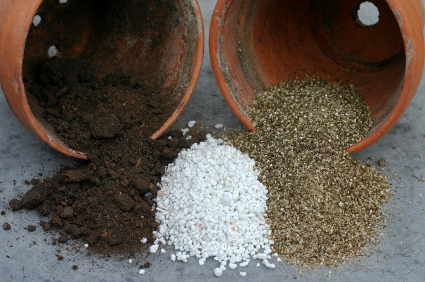

Steps to Take if Vermiculite is Found to be Contaminated
Sealing off Contaminated Areas
If vermiculite is known or suspected to be contaminated with asbestos, it is necessary to seal off the affected areas to prevent the spread of asbestos fibers. This can be achieved by isolating the contaminated area with plastic sheeting or barriers. It is important to restrict access to the area until proper abatement measures are taken.
Professional Abatement
Professional asbestos abatement contractors should be contacted to safely remove and remediate vermiculite contaminated with asbestos. These professionals have the expertise and equipment to handle asbestos-containing materials safely. They will follow established procedures to remove the contaminated vermiculite while minimizing the release of asbestos fibers.
Safe Removal and Disposal
Once the vermiculite has been safely removed, it must be disposed of as hazardous waste in accordance with local regulations and guidelines. Contact local regulatory authorities or waste disposal professionals to arrange for proper disposal. Following safe removal and disposal procedures is crucial for mitigating the risk of asbestos exposure.
Conclusion
Vermiculite is a versatile mineral that offers numerous benefits, such as insulation properties, soil amendment capabilities, fire resistance, and moisture retention. However, it is important to be aware of potential safety concerns associated with vermiculite, particularly when it comes to asbestos contamination. Careful handling, proper protective gear, and adherence to regulations and standards are vital in ensuring the safe use of vermiculite. If vermiculite is found to be contaminated, professional assistance should be sought to address the issue promptly and effectively. By taking necessary precautions and following established guidelines, you can safely enjoy the benefits of vermiculite in various applications.
